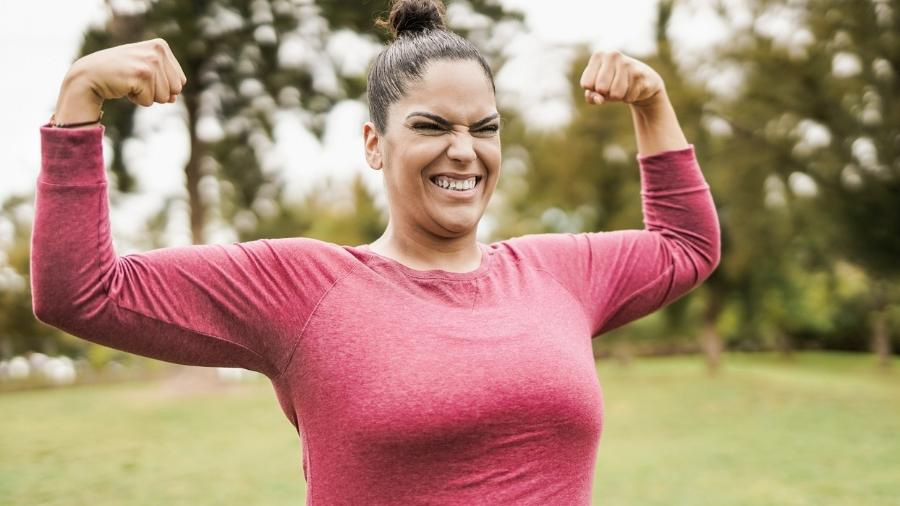In the quest for overall health and vitality, few things are as crucial as a strong cardiovascular system. Your heart and lungs work tirelessly to pump oxygen-rich blood throughout your body, fueling your muscles and organs and keeping you alive and thriving. But like any other muscle, your heart needs regular exercise to stay in top condition. In this comprehensive guide, we’ll explore a variety of exercises and activities specifically designed to strengthen your cardiovascular system, improve circulation, and promote heart health. Let’s embark on a journey to a healthier heart and a more vibrant life.
Understanding the Cardiovascular System: The Engine of Life
Before we dive into the specifics of cardiovascular exercise, let’s take a moment to appreciate the marvel that is the cardiovascular system. Comprised of the heart, blood vessels, and lungs, this intricate network delivers oxygen and nutrients to every cell in your body while removing waste products and carbon dioxide. Your heart acts as the central pump, tirelessly circulating blood throughout your body, while your lungs oxygenate the blood and expel carbon dioxide with each breath. By keeping your cardiovascular system strong and efficient, you can reduce your risk of heart disease, stroke, and other cardiovascular conditions, leading to a longer, healthier life.
The Benefits of Cardiovascular Exercise: More Than Just a Workout
Engaging in regular cardiovascular exercise offers a myriad of benefits beyond simply burning calories and improving physical fitness. Cardiovascular exercise strengthens the heart muscle, making it more efficient at pumping blood and oxygenating tissues. It also improves circulation, reduces blood pressure, and lowers cholesterol levels, reducing the risk of plaque buildup in the arteries. Additionally, cardiovascular exercise promotes the release of endorphins, the body’s natural mood elevators, leading to reduced stress, improved mental clarity, and a greater sense of well-being. With so many benefits to be gained, it’s clear that cardiovascular exercise is a cornerstone of overall health and wellness.
Types of Cardiovascular Exercise: Finding What Works for You
When it comes to cardiovascular exercise, variety is key. There are countless ways to get your heart pumping and your blood flowing, so don’t be afraid to mix things up and find activities that you enjoy. Some popular forms of cardiovascular exercise include:
- Walking: A simple yet effective way to improve cardiovascular health, walking can be done virtually anywhere with minimal equipment.
- Running: Whether you prefer jogging around the neighborhood or hitting the trails for a trail run, running is a fantastic way to boost cardiovascular fitness and burn calories.
- Cycling: Whether you’re biking outdoors or hitting the stationary bike at the gym, cycling is a low-impact exercise that provides an excellent cardiovascular workout.
- Swimming: Swimming works multiple muscle groups simultaneously while providing a low-impact cardiovascular workout that’s gentle on the joints.
- Dancing: Whether you’re taking a dance class or busting a move in your living room, dancing is a fun and effective way to get your heart rate up and improve cardiovascular fitness.
- Interval Training: Alternating between periods of high-intensity exercise and rest or low-intensity activity, interval training is an efficient way to boost cardiovascular fitness and burn calories in a shorter amount of time.
Creating a Cardiovascular Exercise Routine: Setting Yourself Up for Success
To reap the full benefits of cardiovascular exercise, it’s essential to establish a regular workout routine that includes a variety of activities. Aim for at least 150 minutes of moderate-intensity cardiovascular exercise or 75 minutes of vigorous-intensity exercise per week, spread out over several days. Be sure to warm up before each workout with five to ten minutes of light cardio and dynamic stretching, followed by your main workout and a cool-down period to gradually lower your heart rate and stretch your muscles. Additionally, listen to your body and adjust the intensity and duration of your workouts as needed to avoid overtraining and injury.
FAQs (Frequently Asked Questions)
- How often should I do cardiovascular exercise to see results? Aim for at least 30 minutes of moderate-intensity cardiovascular exercise most days of the week, or 150 minutes per week, to see improvements in cardiovascular fitness and overall health.
- Can I do cardiovascular exercise if I have joint pain or arthritis? Yes, low-impact activities such as swimming, cycling, and using an elliptical machine can provide an effective cardiovascular workout without placing excessive stress on the joints.
- Is it better to do cardio before or after strength training? The order of your workouts depends on your goals and preferences. Some people prefer to do cardio before strength training to warm up the muscles and increase blood flow, while others prefer to do cardio after strength training to maximize energy levels and focus on building strength.
- How can I make cardio more enjoyable and less boring? Experiment with different activities to find ones that you enjoy, listen to music or podcasts while you exercise, and exercise with friends or family members to make it more social and enjoyable.
- What are some signs that I’m overdoing it with cardiovascular exercise? Signs of overtraining may include persistent fatigue, decreased performance, increased resting heart rate, insomnia, irritability, and frequent illness. If you experience any of these symptoms, it’s essential to take a break and allow your body to rest and recover.

